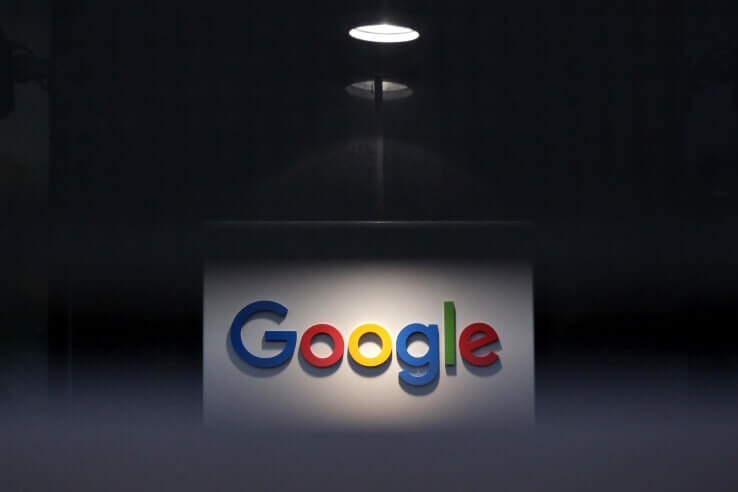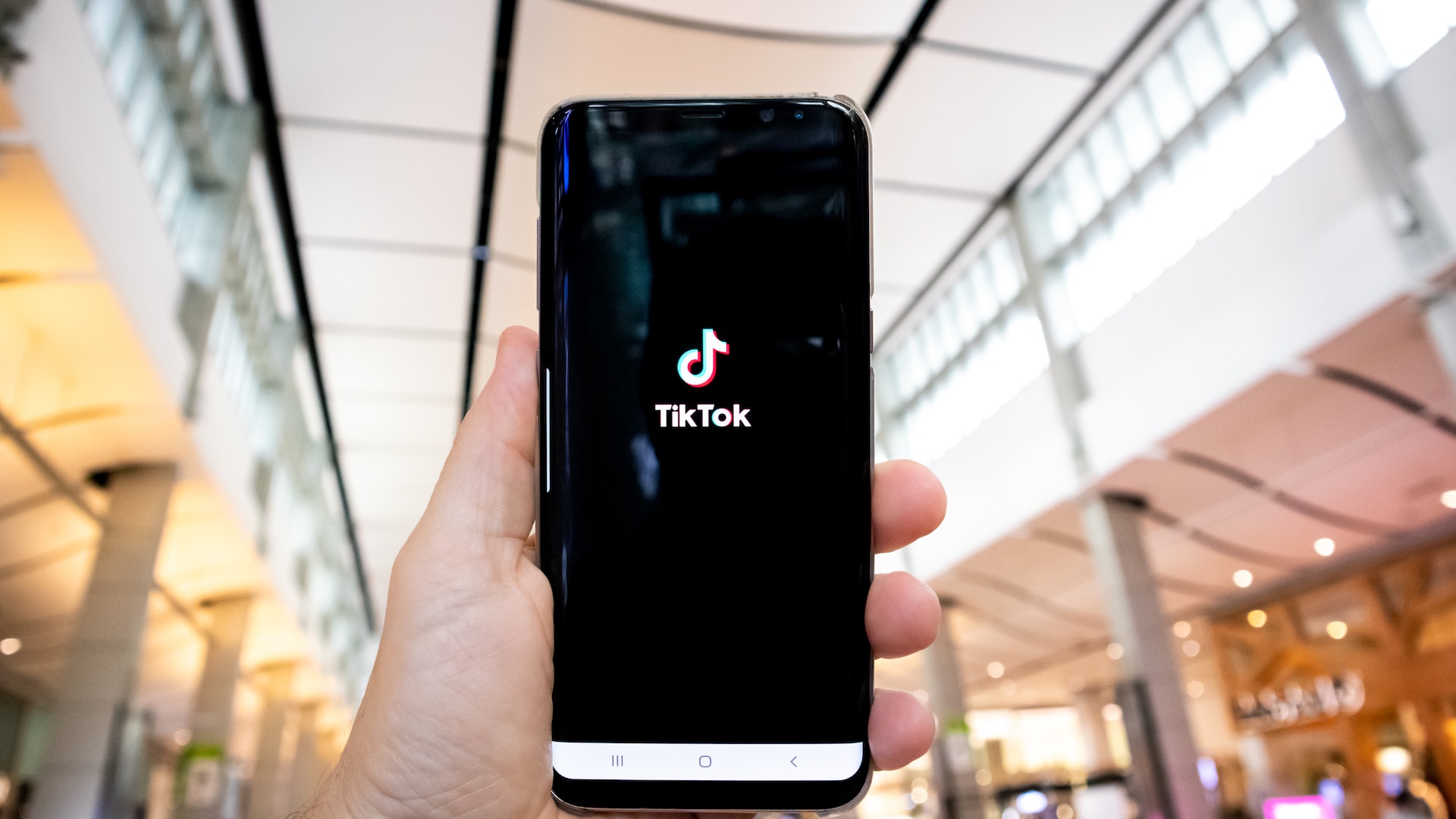
In 2018, digital travel sales are expected to reach $198 billion, with more than 140 million adults researching a trip online. As global travel increases, people are consuming more digital content than ever before as they search the web for the cheapest flights, best hotels, and popular tourist sites at their destination.
NB: This is an article from Amadeus
In return, shoppers are flooded with information from companies hoping to inspire interest early in the travel planning process. Brands are investing big in digital ads and paid search campaigns to increase visibility, creating a cash cow for Google. This year alone, the tech giant will rake in almost $40 billion in total US digital ad dollars, up 14.5% over 2017. But this isn’t where Google’s influence ends. Far from it.
Skift Research estimates Google Travel is worth $100 billion – even more than Priceline! It’s not hard to see why. Most of us use some kind of Google product on a daily basis, but what’s really led to Google’s rise in the industry is its investment in its own travel tools to make a consumer’s end-to-end travel experience easier. So whether you’re planning a trip a year in advance or a day in advance, Google has products that cater to every kind of traveler. Here’s how the rest of the industry can take a page out of Google’s playbook to capture more business.
Lesson #1: Embrace Mobile
More than 70% of US travelers say they “always” use their smartphones when traveling, especially to research activities, attractions, and directions.
With so much planning happening on-the-fly, Google recently made enhancements to their mobile user experience that gives travelers the option to search and book options quickly instead of wasting time price comparing OTAs.
Mobile is so popular EMarketer predicts that by 2020, mobile travel sales will surpass 50% of digital travel sales. It’s important for hoteliers and the hospitality industry as a whole to see what types of investments are being made across the industry and follow suit. Improving your website’s performance and mobile shopping experience is key to impressing today’s tech-savvy travelers now and in the future. Don’t let a slow website or bad design be the reason you lose valuable business.
Lesson #2: Personalization Matters
Personalization is the hospitality industry buzzword for 2018 and for good reason. From hotels to event venues and beyond, everyone wants to understand their customers better. Whether it’s with loyalty programs, email marketing, or engagement through social media, companies are using multiple touchpoints to learn what their customers care about, and are willing to pay for. It not only leads to better business insight but better customer service.
According to a study by American Express, 83% of Millennials say they would let travel brands track their digital patterns if this would provide them with a more personalized experience. In addition, 85% of respondents of all ages thought that customized itineraries were much more desirable than general, mass-market offerings.
Google is capitalizing on this with the recent innovations of Touring Bird and Google Discover. Touring Bird allows users to view curated lists of tours, attractions, and activities at top tourist destinations around the world depending on what their interests are. The microsite acts as its own travel agent of sorts – of course, with the option to book any of the advertised services directly with Google.
Google Discover is the result of a refresh and enhancement of Google Feed used by 800 million people monthly. The solution’s new look and feel will push content to the user based on their interests so they can get personalized updates on what matters to them.
With such widespread traveler acceptance and the development of more advanced analytics, tailored offers can not only help drive business to your website and raise brand awareness but convert bookings and ensure repeat business. Personalized offers also provide a smoother, less stressful research and planning experience, especially for customers who may be organizing a trip last minute or are otherwise short on time.
And it applies to all stages of the travel journey. Personalization can begin well before a guest steps foot on your hotel property or enters your meeting space. Think of what information you can learn from the guest by sending a welcome email, and continuing that level of service after they leave with a feedback survey.
Lesson #3: Put Your Data to Work
Once you start collecting data, knowing how to apply the information to benefit your business is half the battle. Modern technology solutions can make it a breeze to run financial reports so you know how your business is performing. But what statistics can you use to market your property? Let’s look at Google’s Travel Trends tool. It aggregates historical data from hotel and airline prices around the holidays so users can predict when the best time is to book travel in certain cities. That way, they can feel confident knowing they’re getting the best price, and Google can reap the benefit of a direct booking.
Similarly, collecting data is important to providing insight for better business decision making. And it can help you tailor your hotel or event venues offerings to help drive more business. Is your New Hampshire hotel typically slow the week after New Year’s? Offer complimentary ski lift tickets to sweeten the deal and land more bookings. Are the ballrooms booked at your Orlando resort but you know your sister property has availability to answer an RFP? Whether it’s at the portfolio or individual property level, data has countless benefits.
As Google continues to be a dominant player in the travel industry, now is the time for hospitality professionals to equally assess their digital presence and current software. Are you well equipped to stand out from the competition now and in the future? Do your systems have the flexibility, reliability, and speed needed to integrate and capture meaningful data?
Hospitality is a fast-paced industry. Don’t fall behind the curve.



